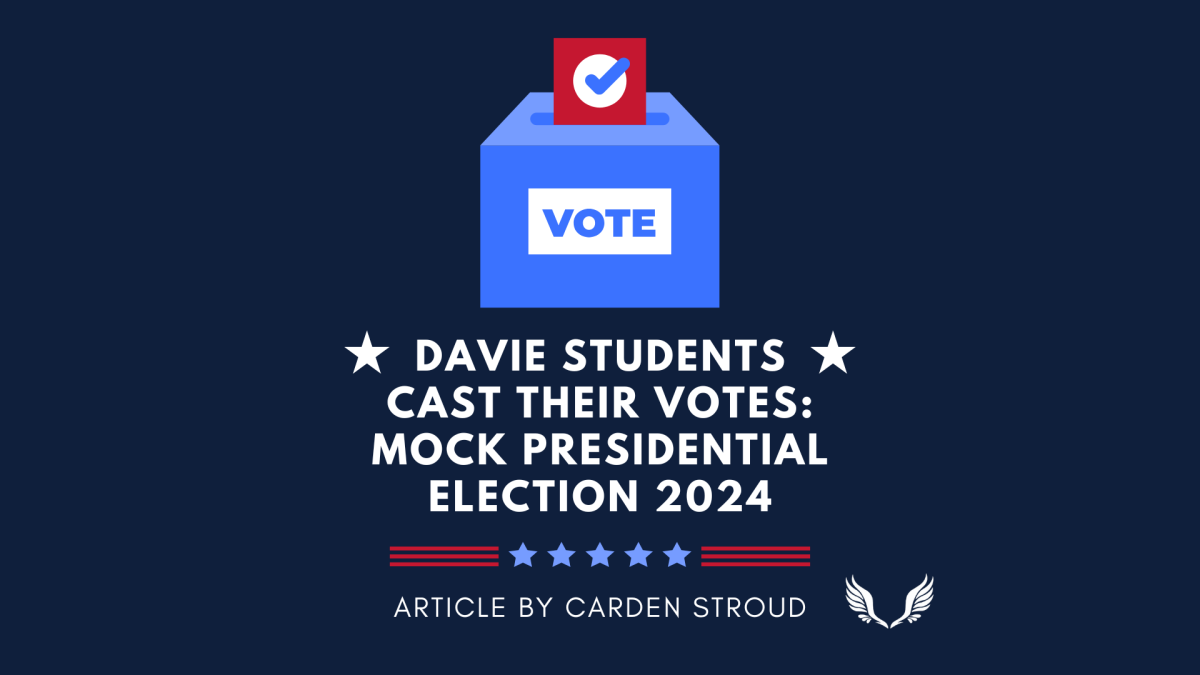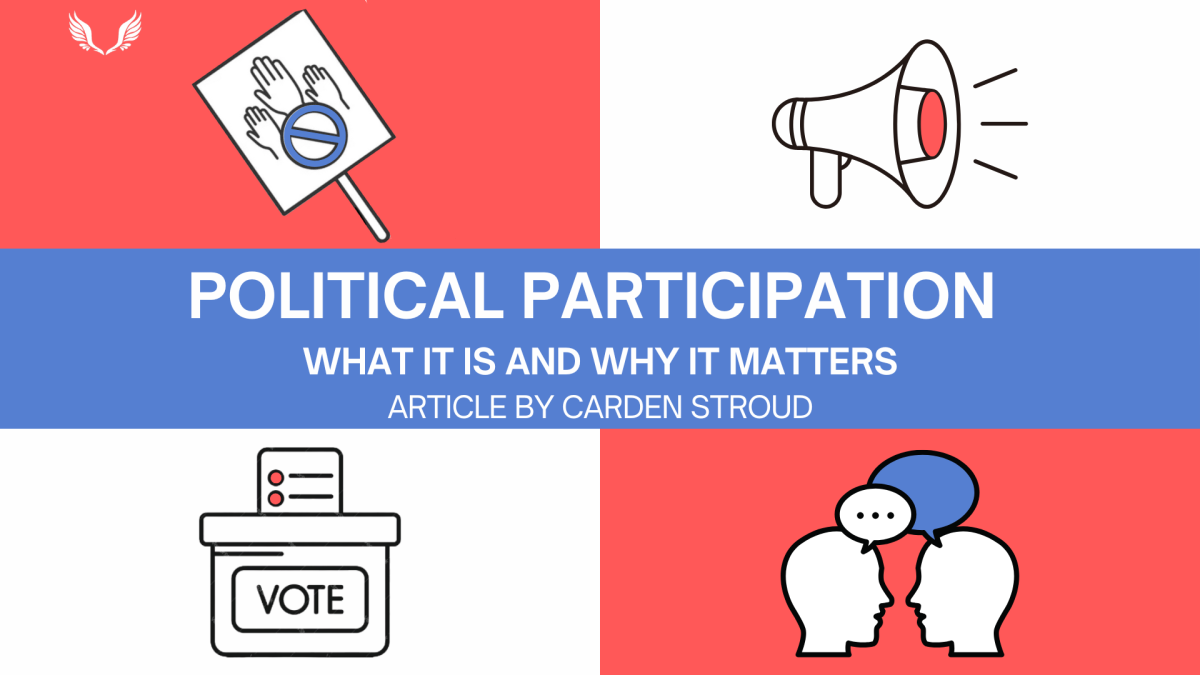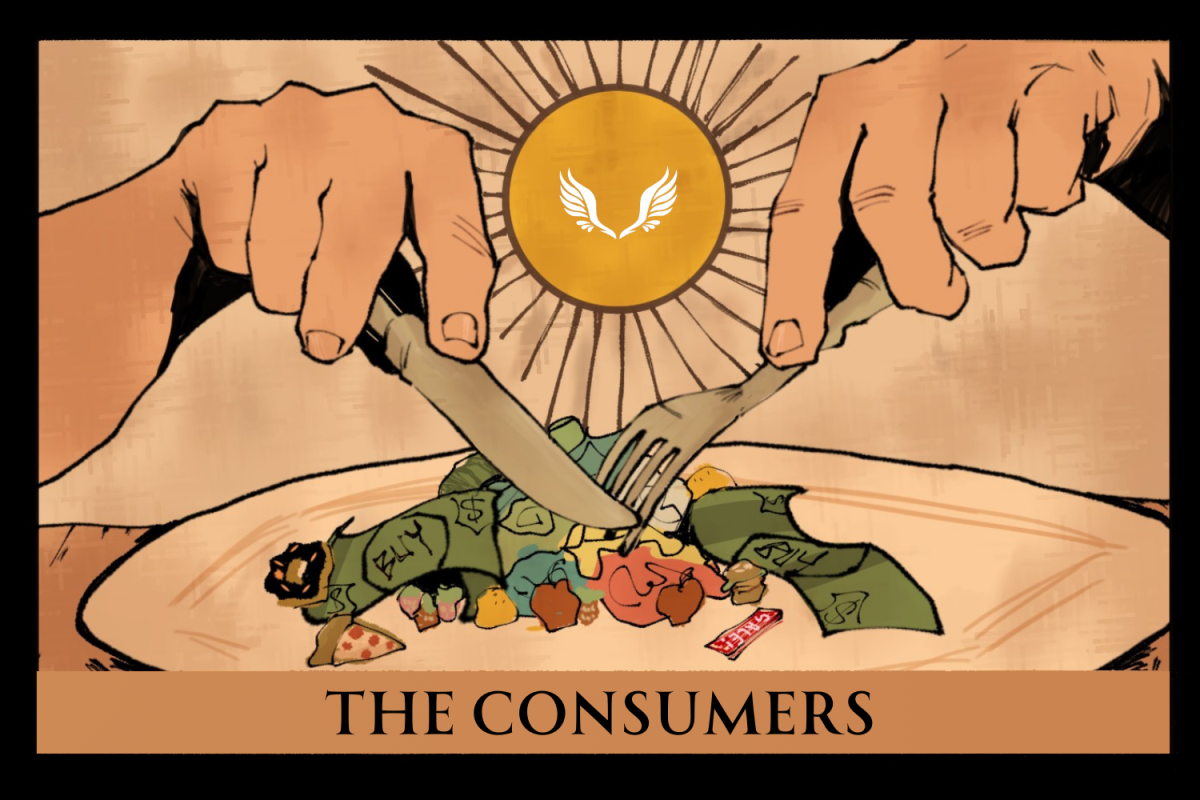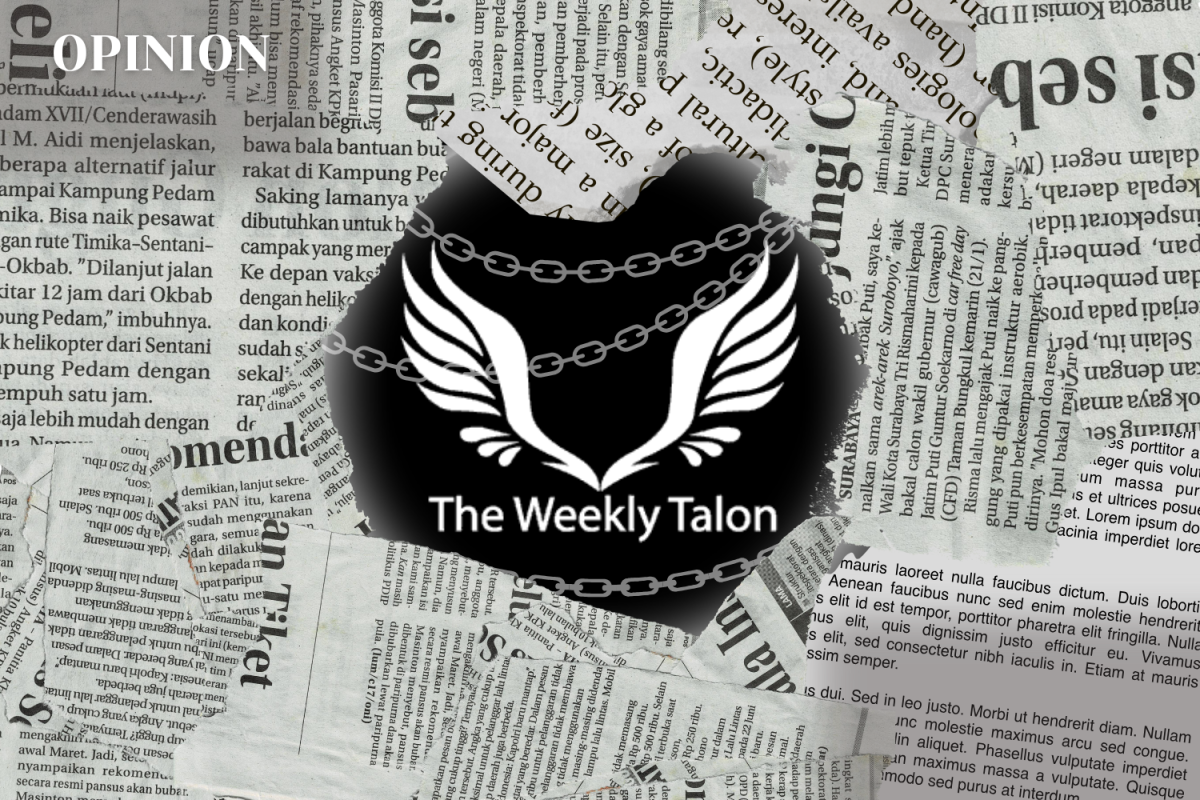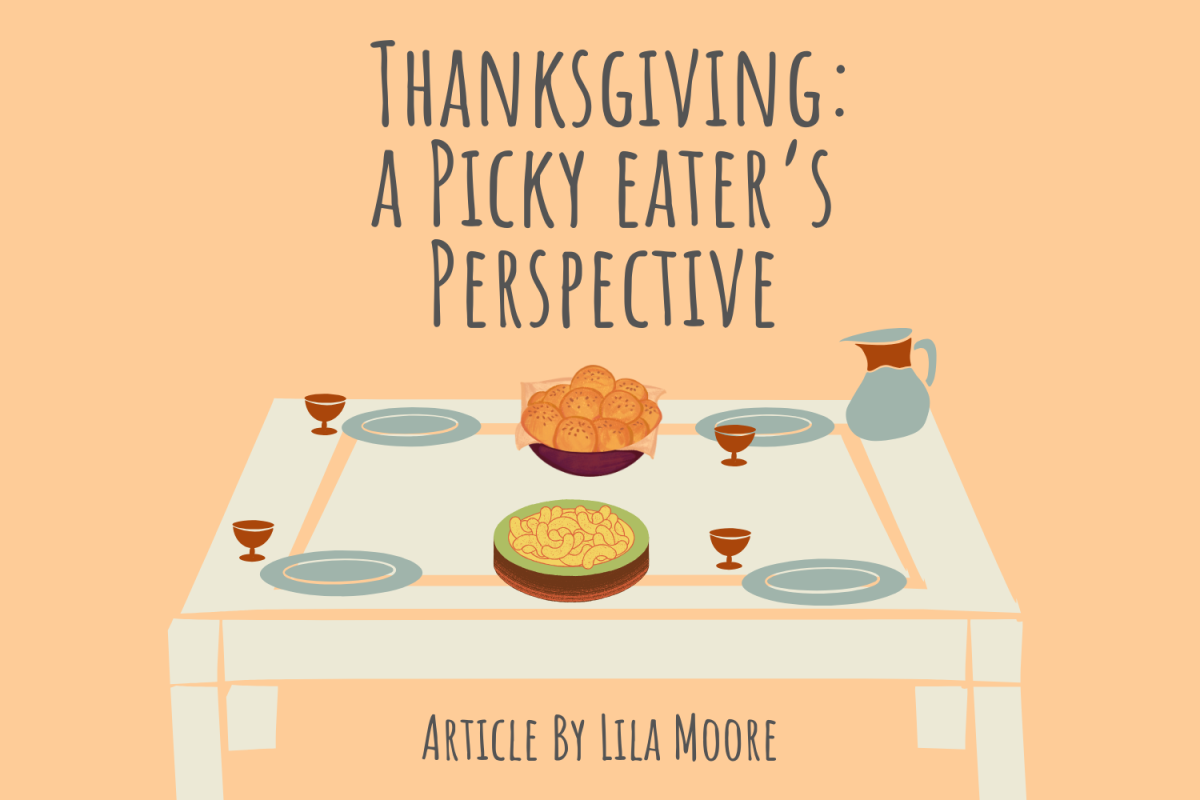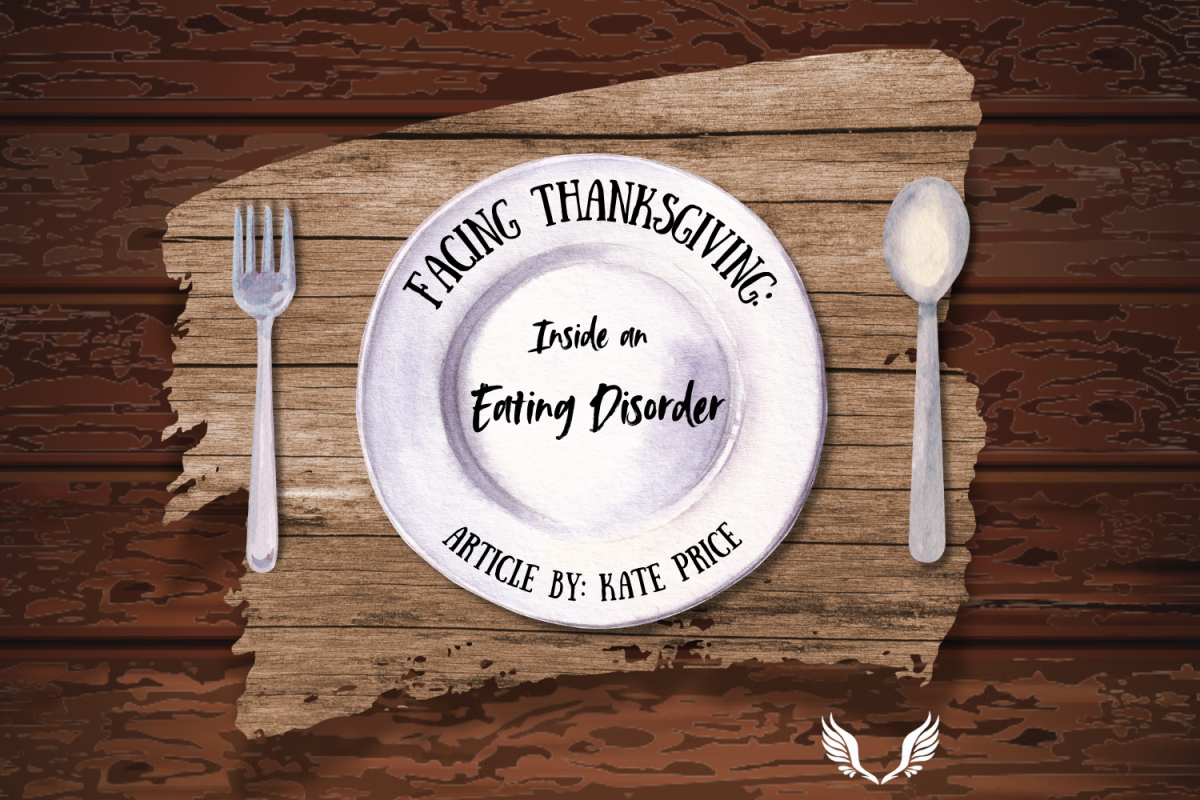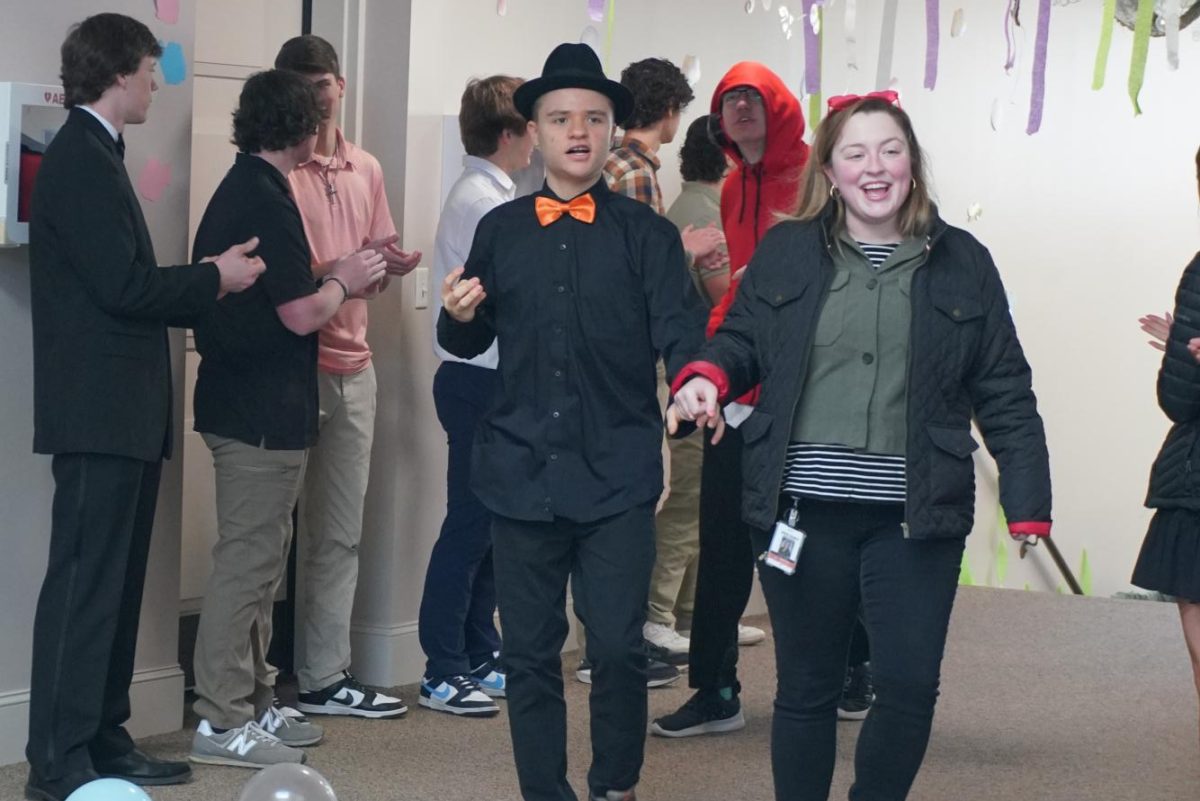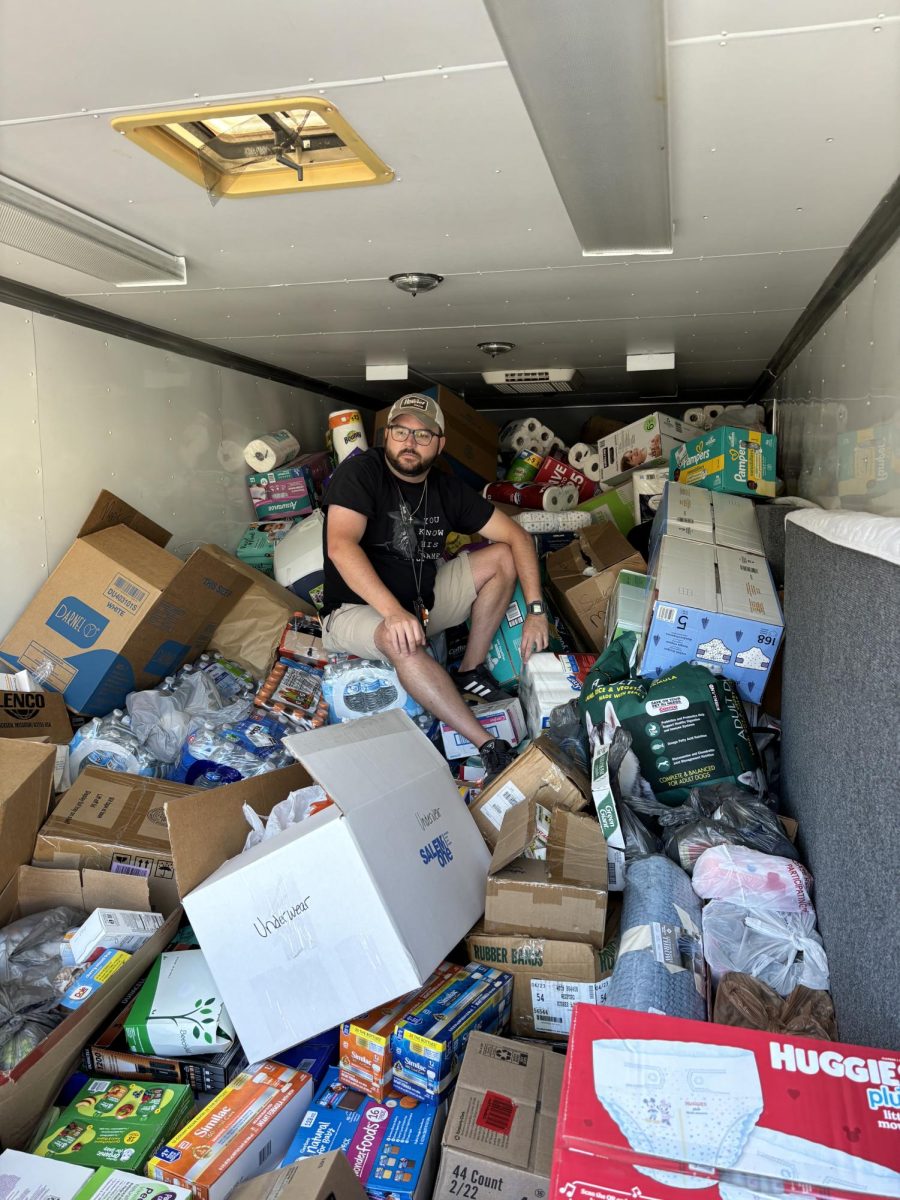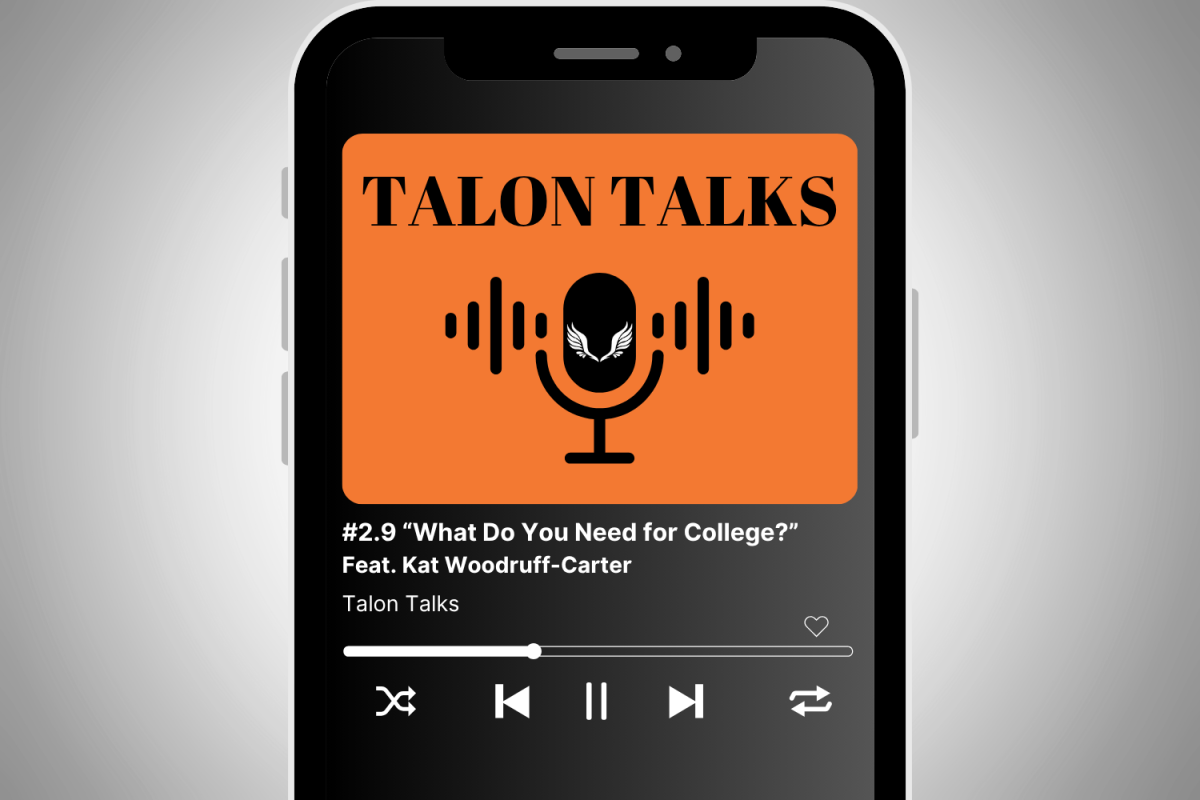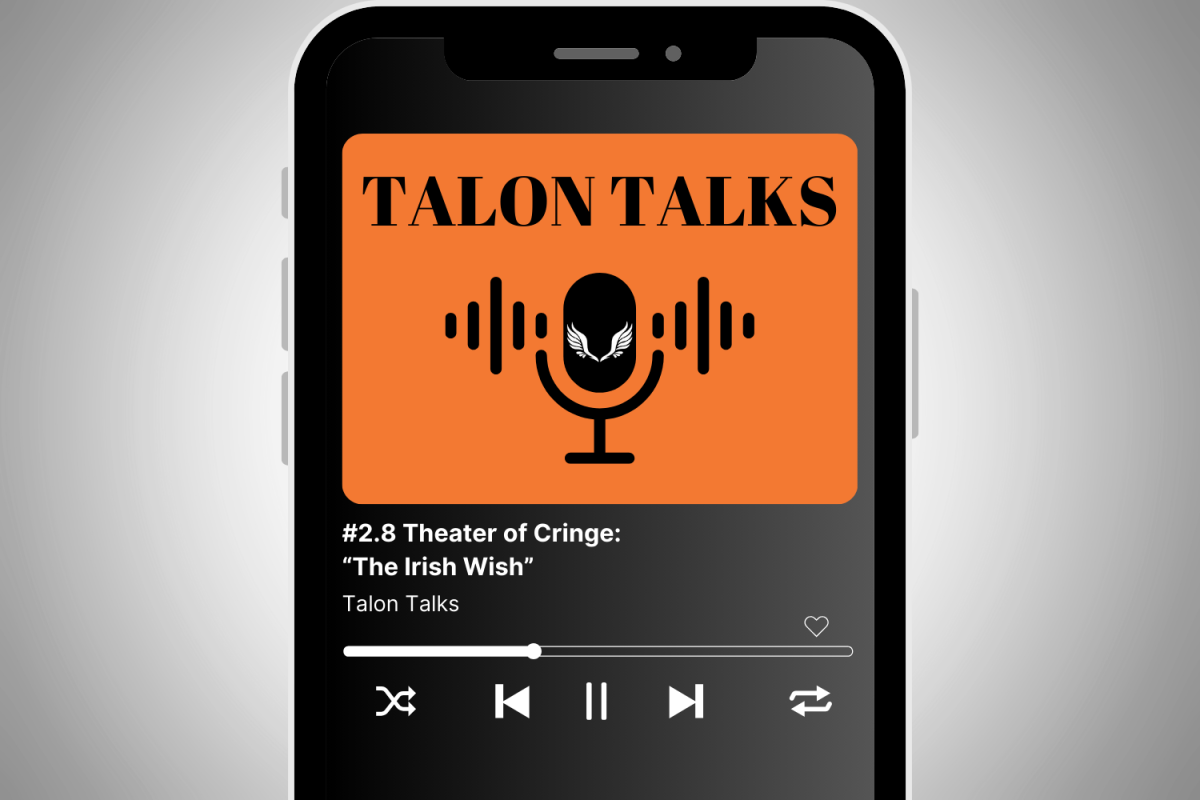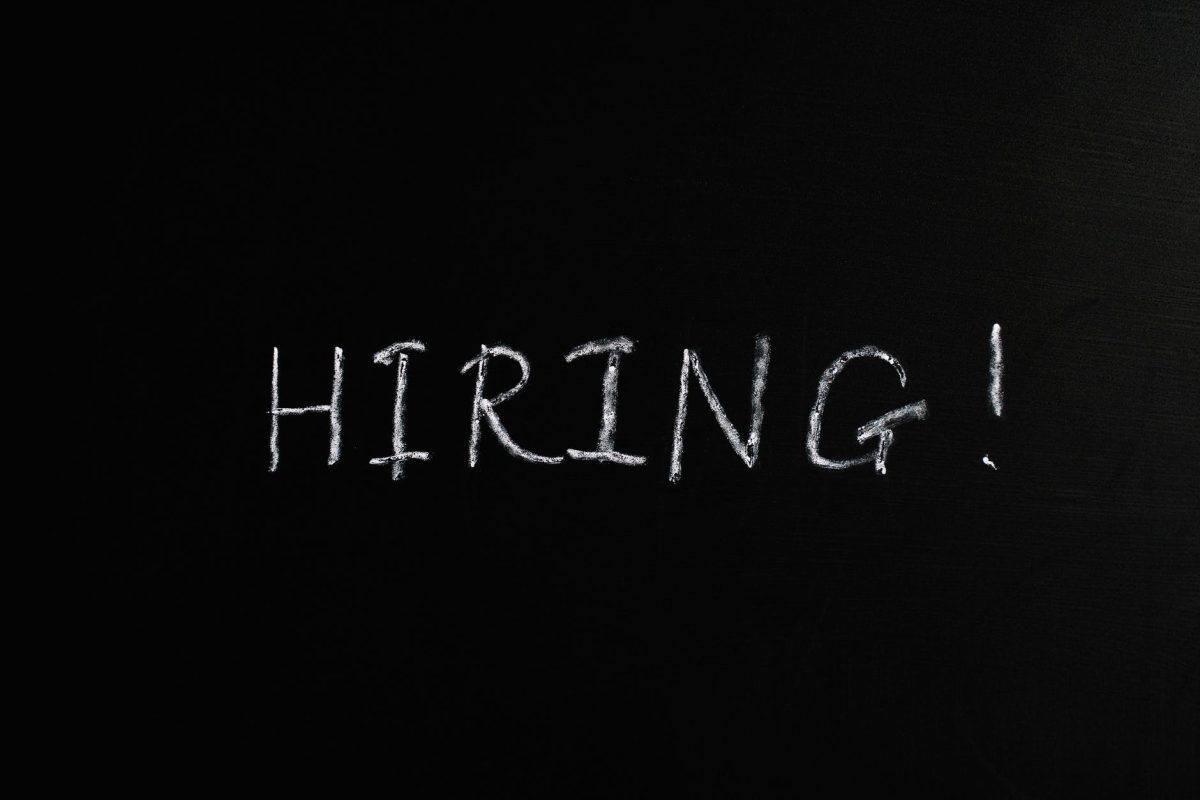With the pandemic slowly but surely coming to an end, it’s becoming increasingly clear that an entirely new one is on the horizon. Fortunately, it doesn’t require masks or social distancing, but it does threaten the already weak economy we’ve worked so hard to keep afloat.
Going out into public nowadays, you’re likely to see many establishments desperately looking for more workers. Restaurants and stores across America have been covered in the same “Help Wanted” or “Now Hiring” signs for months. Below is a picture of a “We’re Hiring” sign from Lowes Foods in Advance, which displays their vacancies in a lot of different positions.
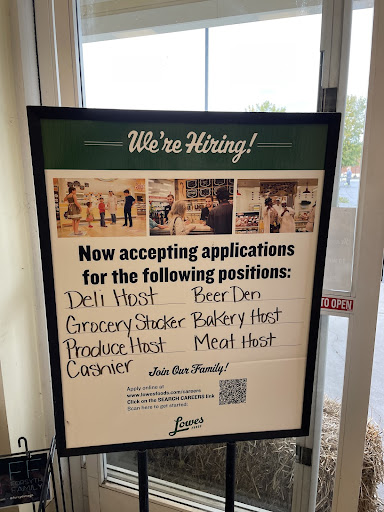
It’s easy to see the effects of the job shortage both locally and nationally. It is not unprecedented for customers at a restaurant to wait 20 minutes to be served despite there being plenty of open tables. Similarly, customers in stores might find themselves stuck at the counter for an excessive amount of time, waiting for one of the few workers to come check you out. It is becoming more and more common as the months go by, and the reasoning behind it is simple.
Americans are sick of their jobs.
In what has been known as the “Great Resignation,” millions of workers have left their occupations in hopes of finding better, less stressful jobs. According to NPR, 4 million Americans quit their jobs in April, which set a record for the U.S. workforce. Unfortunately, it’s not just in the United States. Research by Microsoft showed that 40% of the GLOBAL workforce is considering looking for new work. The chief reason behind that is the pandemic.
The Impact of the Pandemic
In the initial months of the pandemic, a majority of people found themselves with significantly more time on their hands, leaving many to reflect on their lives before COVID-19. Balancing jobs, family life and one’s own mental health left many struggling to get by, forcing many to re-evaluate what portion work should take up in their lives. For many, it made them realize how much they valued having time with their families or just time away from work in general.
Going back to work in the pandemic seemed only to reinforce those ideas. With all of the restrictions, such as masks, social distancing, etc., many workers fell out of love with the jobs that they used to enjoy. What was once the social outlet for a majority of Americans became more of a strictly work-based environment. Others, such as teachers, were overwhelmed trying to adapt to the changes. The frontline workers, including doctors and nurses, who were forced to work long and hard hours as a result of the pandemic, had the same pay to show for their brave actions despite the new escalating challenges faced by this unfamiliar situation.
Coming out of the pandemic, people are craving more fulfilling jobs and, most importantly, flexibility. Most Americans became accustomed to the increased time that they had at home, and the idea of losing that was unacceptable. The sudden focus on flexibility reflects an already growing change that has been occurring as younger generations have occupied more and more positions in the workforce. Unlike older generations, who have tended to embody the “pull yourself up by your bootstraps” ideology, younger generations share a greater emphasis on living life instead of falling back to the outdated idea that one’s work is their life.
The Other Side of the Issue
Unfortunately for employers, resignations aren’t the sole factor damaging the U.S. workforce; it’s also the fact that people simply aren’t going back to work.
During the course of the pandemic, nearly 114 million people across the globe lost their jobs. To combat that, Congress passed the Coronavirus Aid, Relief, and Economic Security Act (known simply as the CARES Act). This $2.2 trillion stimulus bill provided funds to keep both Americans and the American economy afloat. One of the ways that those funds were used was to increase unemployment relief packages.
The issue is that the new relief packages typically pay more than what some jobs would pay normally. Jobs like food service and retail often make double their usual salary. Being that they are paid more, many have opted to refrain from working. As a result, many employers are having the issue of both losing workers and not being able to get new ones.
The increased benefits resulting from the CARES Act expired back in early September, but it’s been a slow process dragging everyone back into the job market. As I stated earlier, people have gotten accustomed to having flexibility, so the idea of giving that up for a rigid work schedule is hard.
What Does it Mean for Teens?
The job pandemic has stretched on for months now, and our economy desperately needs it to be over. Due to the fact that the job pandemic is largely a result of the arduous transition between the pandemic and “normal” life, the issue will slowly resolve itself as time goes on, and it has already made some progress. According to Trading Economics, the unemployment rate in October 2021 fell to 4.6%, the lowest since the beginning of the pandemic.
There is still work to be done to get back to the 3.5% rate we had pre-pandemic, but the higher unemployment rate raises questions about how jobs should change. The obvious question is if workers should get paid more, or if the government should increase the national minimum wage.
Others question if workers should get better benefits or more flexible working hours. As it is, many employers are going to have to start implementing higher wages and more flexible schedules to get workers back after the pandemic, so it is likely that both will increase as time goes on.
In addition to that, many workers have found that they prefer working from home, which makes it likely that working from home could be a new norm. Results from Pew Research Center show that over half of employees that could work from home would prefer to after the pandemic.
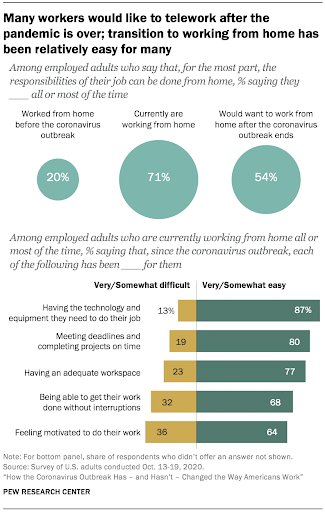
It may not seem like much of this affects high school students like those at Davie, but in reality, it does. With so little competition in the job market right now, it’s much easier to get a job and to get one that is willing to work around your schedule. Obviously that varies depending on where you apply, but it is clear that employers are looking for all the help they could get. If you’re on the fence about finding work or don’t think that you could get a job, go ahead and take the leap.
With all that in mind, it’s clear that the pandemic has left us with an incredibly large laundry list of things to fix and rebuild, one of which is the economy. Even though many people struggled to make it through COVID-19, the experience will hopefully push many to find jobs that give them more opportunities so that our nation can rebuild and grow as a whole.











